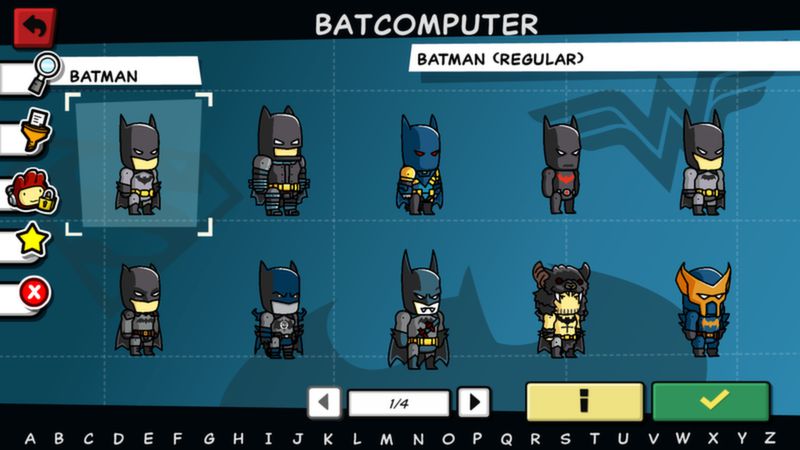

Reviews of the full game were still generally positive, aside from criticism of the control scheme.Ī sequel, Super Scribblenauts, released in 2010 on the DS.

In an unprecedented occurrence for a portable title, three major game reporting outlets declared the hand-held Scribblenauts to be the game of the show. Prior to its September 2009 release, the game received mild hype from various outlets from its extremely ambitious premise, but only really took off at that year's E3 when game journalists finally got to play it for themselves.

The first game was made for the Nintendo DS, like many of 5th Cell's previous titles. This system allows for a massive amount of freedom in solving every stage, to the point where revisited levels challenge you to beat them three times in a row while not being allowed to re-use any objects made in the last attempt. You can then move and interact with everything you make to solve the puzzles. Using a magical notepad, you can write and summon almost anything in the dictionary (and plenty outside of it) to the game world to solve puzzles, from elephants to thunder clouds to zombies. While Scribblenauts has a simple premise, there's more to it than is immediately obvious. There's one Starite per level, and they are either out in the open or are hidden until certain tasks are completed. You play as Maxwell, a young boy who wants to collect the Starites, shiny star-shaped things. Scribblenauts is a series of physics-based puzzle-platformer games developed by 5th Cell Interactive (previously known for Lock's Quest and Drawn to Life) and published by Warner Bros.


 0 kommentar(er)
0 kommentar(er)
